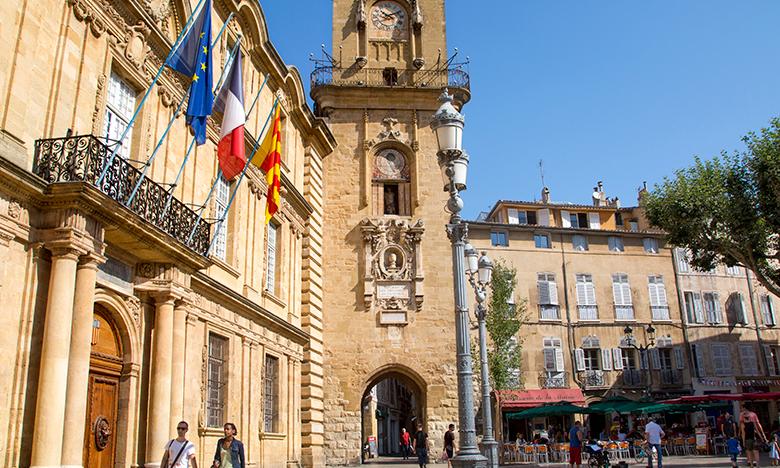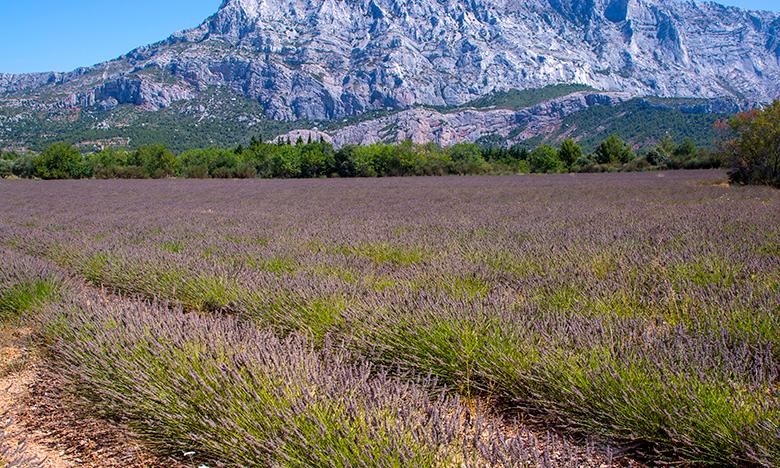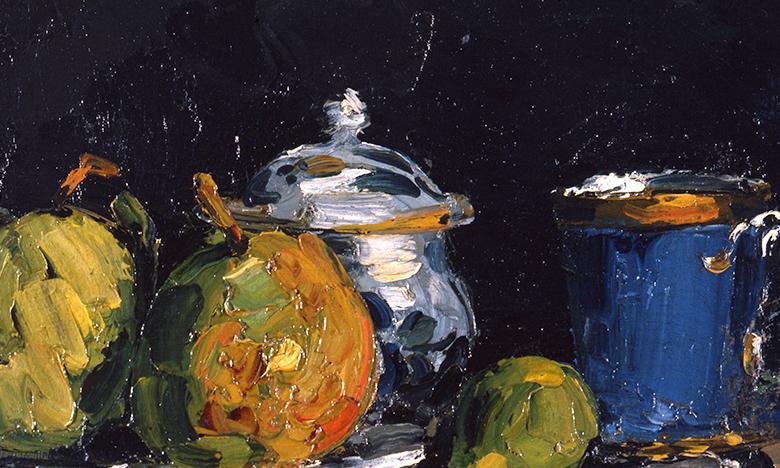For more information, visit the Aix-en-Provence Tourist Office at www.aixenprovencetourism.com.
City region: Provence-Alpes-Côte d'Azur
Population & what they are called: 145,160 inhabitants (2014 census); Aixois (or, rarely, Aquisextains)
Access from Paris:
by road: between 6 h 40 min and 8 h 50 min (470 miles) via A6 and A7 autoroute du Soleil
by train: about 3 hours by TGV from the Gare de Lyon
by plane: 1h15, landing in Marseille-Provence Airport, then 20 minutes by shuttle
Famous native daughters & sons:
Paul Cézanne, painter
Hélène Grimaud, concert pianist
Thylane Blondeau, top model and actress
Most distinctive and/or unique fact or trait (or little known fact):
Aix is known as the city of a thousand fountains.
The Fondation Vasarely was established in 1966 by Victor Vasarely himself, leader of the op art movement, who chose Aix-en-Provence given the city’s rich history, artistic and architectural activities, world-renowned festival, exceptional network of motorways and, finally, Vasarely's admiration for Cézanne.
Notable sites:
Vieil Aix – the historic old town
Cours Mirabeau – the city's most famous grand boulevard, lined by fountains and lofty plane trees, and bordered by fabulous Renaissance mansions
Montagne Sainte-Victoire – the nearby mountain that inspired Cézanne and was, in turn, made famous by him
Top annual events:
Festival d’Aix-en-Provence – a month-long festival of classical music, opera and dance, celebrating its 70th year in 2018 (festival-aix.com)
Festival de Pâques (Easter Festival) – a classical music festival (festivalpaques.com)
Les Rencontres du 9e Art – a festival of comics and other innovative graphic and popular arts (bd-aix.com)
Most notable museums:
Musée Granet – a showcase of iconic artists associated with Provence, including Picasso and Cézanne (www.museegranet-aixenprovence.fr)
Caumont Art Center – rotating exhibitions about the region’s artistic and cultural heritage set in a stunning 18th-century mansion (caumont-centredart.com)
Atelier de Cézanne – the former studio of Paul Cézanne
Culinary specialties:
Calissons d’Aix – diamond-shaped delights with almonds, sugar, candied melon and orange peel
Olive oil – there are 2,000 olive growers in the Aix region
Local wines & spirits:
- Coteaux d'Aix-en-Provence AOC – the second largest Provençal wine appellation whose rosés are considered especially unique
Shopping: * antiques – the best markets are in the Mazarin District and around the Cours Mirabeau
- artisanal crafts – such as soap, santon (clay figurines), ceramics, mosaics, metal art
Most popular night spots:
Les Woods Cardeurs – a student bar with music a large terrace
Le Mistral – for anyone in the mood to dance
Au Verre Levé – a café with a great selection of organic wines from small producers
Local population’s favorite activities (or hangouts):
Montagne Sainte-Victoire – a popular place for outdoor sports (hiking, biking, paragliding, climbing and more)
Cours Mirabeau – the most famous of many superb shopping boulevards; also location of Brasserie Les Deux Garçons, the city's most famous café
Parc Jourdan – one of the largest parks in the city and a great place to play pétanque
Local industries:
cosmetics – several leading firms, such as Esthederm and Daniel Jouvance, lead the charge in scientific research into nutrition, anti-aging, dermatology etc.
energy research – Cadarache, a research center of the Alternative Energies and Atomic Energy Commission, is one of the most important centers for energy research and development in Europe.
In Pop Culture:
Cézanne and I (Cézanne et moi) – a 2016 French movie about the friendship between Emile Zola and Paul Cézanne
The Horseman on the Roof (Le hussard sur le toit) – an award-winning 1995 movies about an Italian nobleman in France during a time of cholera
A Year in Provence by Peter Mayle – the famous book about life in Provence Major 2018 development:
About Top French Cities - www.francepresskit.com
Top French Cities is an association of 29 cities, from regional capitals like Bordeaux to important towns like Avignon and Versailles. They are perfect for young travelers, families and anyone else looking for fun and authentic French experiences that will fit their budget. Most of these cities are university towns with a youthful atmosphere, but all of them reflect the heritage and distinctive flavors of the regions to which they belong. Many are forward-looking too, with historic buildings repurposed to house contemporary art and activity centers like Les Docks in Marseille. Many have created or integrated new, modern museums to contrast with their classical, architectural heritage, like in Nimes, where the cutting-edge Museum of Roman Civilization (Musée de la Romanité) is located across from the historic Roman amphitheater, or in Nantes, where whimsical mechanical creatures are being created, or in the UNESCO World Heritage Site concrete city of Le Havre.




